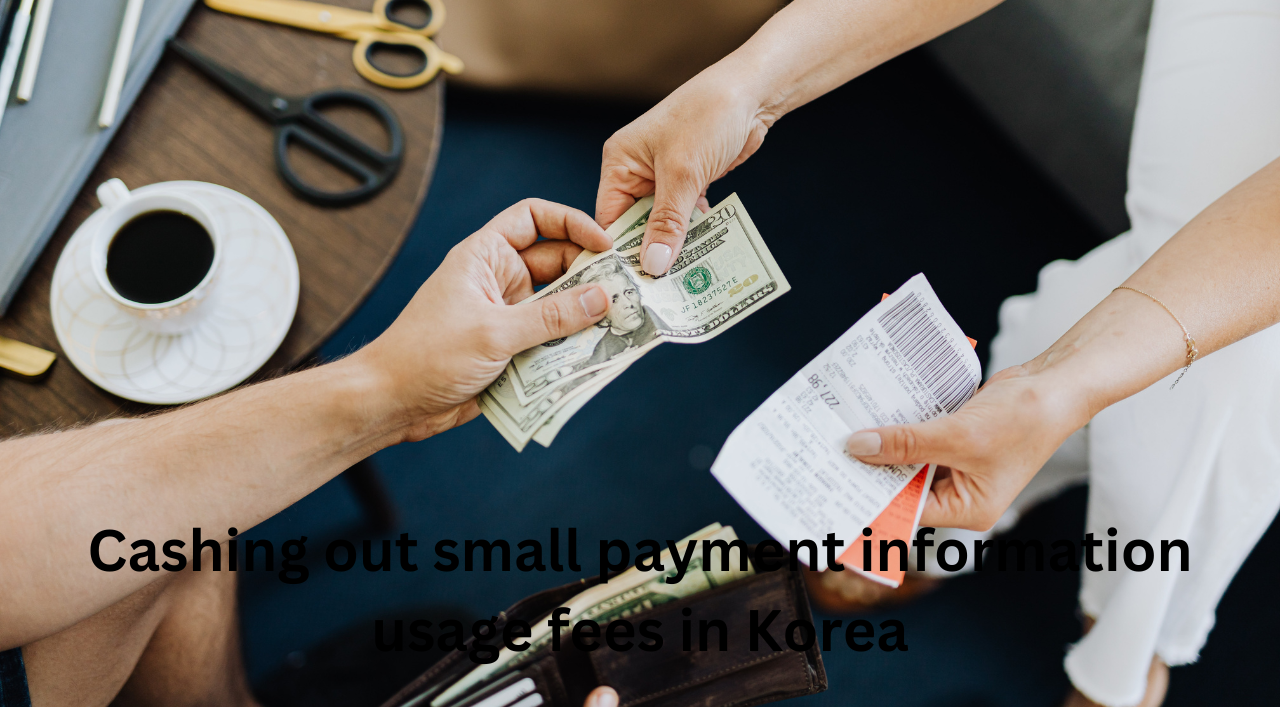Chat GPT and Google Bard
In the ever-evolving landscape of AI-powered chatbots, two prominent players have emerged: Chat GPT and Google Bard. While both aim to revolutionize conversational interactions, each brings unique features and capabilities to the table. This article delves into the distinctions between Chat GPT and Google Bard, exploring aspects such as plagiarism concerns, integration capabilities, conversation retention, responses, language support, and pricing.
Chat GPT Overview: Chat GPT, short for Generative Pre-trained Transformer, entered the scene in November 2022, captivating users with its ability to answer queries through machine learning in conversational dialogue. Boasting an impressive user base of 100 million within its first month, Chat GPT offers a diverse range of applications, from providing concise answers to drafting essays, articles, and letters.
Chat GPT and Google Bard Plagiarism Concerns:
One notable aspect of Chat GPT is its susceptibility to plagiarism due to its expansive knowledge base. Drawing upon a wealth of old data, Chat GPT may inadvertently generate content resembling existing materials. This presents a challenge in ensuring originality and uniqueness in its responses.
Integration:
To enhance user experience, Microsoft integrated Chat GPT with Bing search engine, enabling users to pose direct questions to the search engine. This integration empowers users to obtain specific information without relying on traditional keyword searches. Conversely, Google Bard currently exists as a standalone entity, with potential future integration with the Chrome browser and Chromium.
Conversation Retention:
Chat GPT displays a memory limitation, retaining only up to 3000 words of conversation. Beyond this threshold, older information is not stored. In contrast, Google Bard claims an increasing ability to retain context over time, suggesting an improvement in contextual understanding as interactions progress.
Responses:
Chat GPT relies on a knowledge base, limiting its ability to provide the latest information and research. On the other hand, Google Bard, utilizing LaMDA language, fetches responses directly from the internet, integrating with the Google search engine. This dynamic approach ensures users receive up-to-date information with direct links to relevant websites.
Language Support:
Chat GPT exhibits proficiency in multiple languages, including Spanish, French, Arabic, Mandarin, Italian, Japanese, and Korean, with English as its primary language. In contrast, Google Bard currently supports only the English language, potentially limiting its accessibility to a global audience.
Pricing:
Chat GPT offers a free version while providing a premium version at $20/month, granting subscribers faster responses and access to additional features. Google Bard, in contrast, is currently free for users, representing a distinction in their respective pricing models.
Conclusion:
In conclusion, both Chat GPT and Google Bard contribute to the evolving landscape of AI-driven chatbots, each with its own set of strengths and weaknesses. While Chat GPT has garnered significant attention and integration with Microsoft, Google Bard aims to compete by leveraging its extensive knowledge base and language capabilities. The market dynamics are intriguing, with Google Bard’s recent stumble demonstrating the competitive nature of the industry. As the landscape continues to evolve, the future promises exciting advancements in conversational AI technologies.












